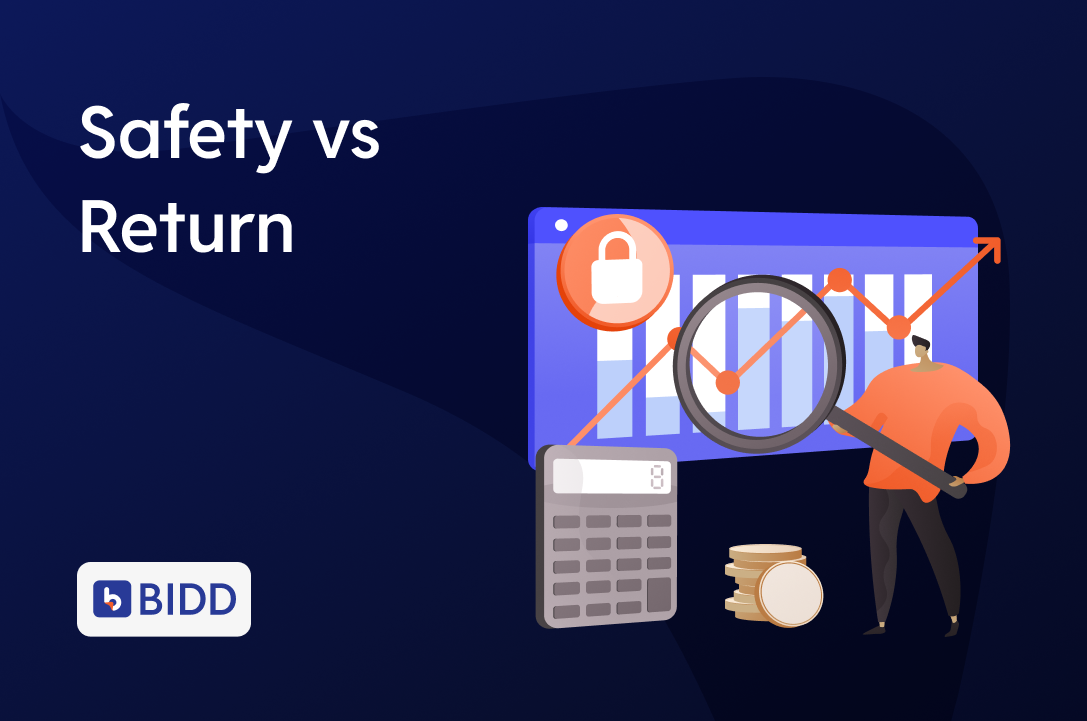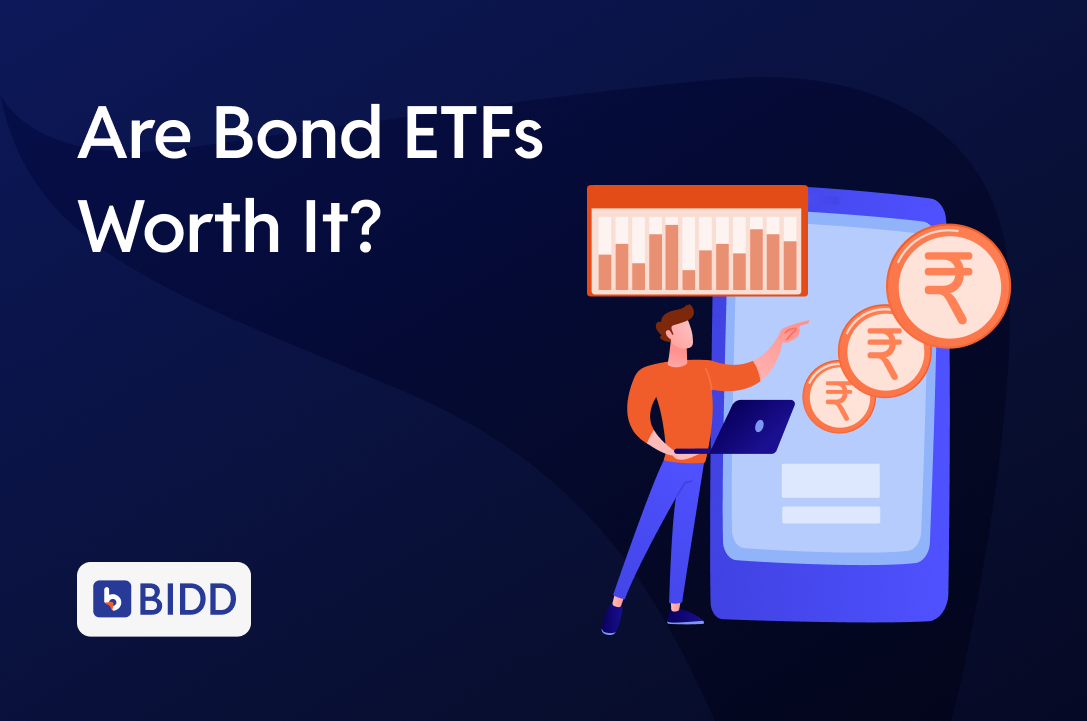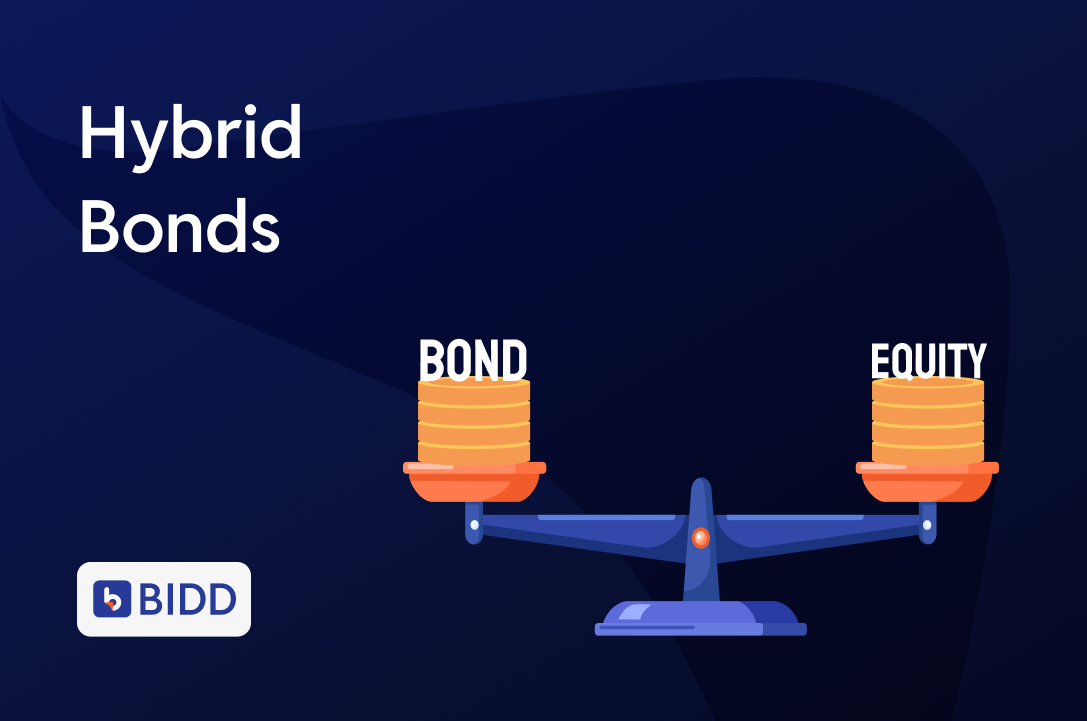Let’s Start with a Quick Question
If one bond offers an 8% return and another offers 12%, which one should you pick?
Most people instinctively choose the higher number. But here’s the catch: higher returns usually come with higher risk.
And when you opt for safety? It often means sacrificing some return.
This trade-off lies at the core of bond investing — and investing in general.
So how do you strike the right balance?
Let’s simplify it. No jargon. No confusion.
What Do We Mean by “Safety”?
When a bond is referred to as safe, we’re typically talking about:
- How likely you are to get your principal back
- How dependable the interest payments are
- How financially stable the issuer is (government or company)
A Government of India bond, or a AAA-rated PSU bond, is generally seen as very safe.
But the return? Often on the lower side.
Why? Because you’re essentially paying for peace of mind.
And What About “Return”?
Return is what you earn — through interest payments and potentially capital gains.
Higher returns are usually offered by riskier bonds — such as those from smaller, less-known companies or issuers with lower credit ratings. These bonds need to offer more to attract investors.
But that attractive 12% return could come with risks such as:
- Rescheduled interest payments
- Credit rating downgrades
- Even default on principal
So while the returns may look appealing, it’s worth asking — are you comfortable with the risk?
Let’s See This in Action
Bond A – Safe & Steady
- Issuer: Government of India
- Credit Rating: Sovereign
- Coupon: 7%
- YTM: 6.8%
- Risk Level: Minimal
You receive timely payments. Low risk. Lower return. High peace of mind.
Bond B – Risk & Reward
- Issuer: A mid-sized NBFC
- Credit Rating: BBB
- Coupon: 12%
- YTM: 12.5%
- Risk Level: Moderate to High
Tempting returns — but higher potential for delays or credit risk.
So… What Should You Choose?
It depends on your investment goals and risk appetite.
- Looking for capital protection and peace of mind?
Prioritize highly rated bonds from strong issuers — even if returns are modest. - Comfortable taking on some risk for higher income?
Explore lower-rated bonds — but diversify and do your research. - Seeking a balanced approach?
Blend both. A diversified mix of safe and high-yield bonds can offer stability with upside — much like a well-rounded diet.
Quick Recap: Safety vs Return
| Feature | Safe Bonds | High-Return Bonds |
| Who issues them? | Government, PSUs, AAA-rated corporates | Lower-rated private companies |
| Returns | Moderate (5–7%) | High (10–14% or more) |
| Risk Level | Low | Moderate to High |
| Suitable for | Capital protection, conservative investors | Higher income seekers with risk tolerance |
| Think of it as | Fixed deposit-like | Closer to equity in nature |
Myth Buster Time
“Higher return = better investment.”
Not necessarily. If a bond defaults, even a 15% yield means nothing.
“Safe bonds are boring.”
They may not excite, but they offer reliability — ideal for preserving wealth and minimizing stress.
“Just pick the highest YTM.”
A common mistake. Always check credit rating, issuer background, and payment history before investing.
Final Thoughts
There’s no one-size-fits-all strategy in bond investing.
Ask yourself:
- Do I want security and capital protection?
- Or am I willing to take a calculated risk for higher returns?
Smart investors don’t chase the highest number — they weigh both returns and risks.
And with platforms like Bidd, you can filter bonds by rating, yield, issuer, tenure, and more — helping you make informed and balanced decisions.
Because in bonds, it’s not just what you can earn —
It’s what you can actually count on that matters.
Disclaimer: This blog is intended solely for educational and informational purposes. It should not be construed as investment advice, a recommendation, or an offer to buy or sell any financial products. Please consult a registered financial advisor before making any investment decisions.




